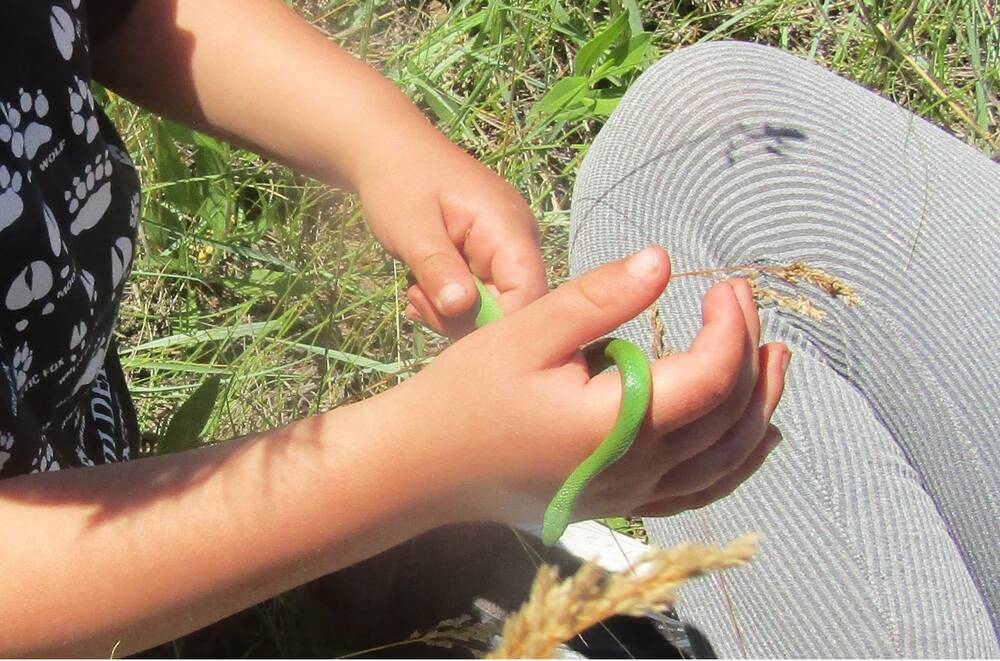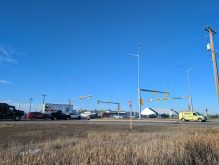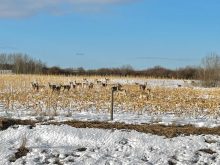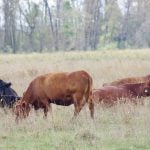If you’d like a day trip with a little walking thrown in, consider a drive to the gems of southwestern Manitoba like the Lauder Sandhills near Hartney and Broomhill mixed-grass prairie areas near Melita.
This was a new region for me to visit, but I went there twice this summer and found it very interesting. It should be equally pleasant on a warm autumn day.
The Lauder Sandhills are gently rolling slopes spread over a number of sections. Geologically, the region was formed between 10,000 and 8,000 years ago, when the glaciers receded northward and melting ice formed large lakes. Sand deposits built up in river mouth deltas and beach ridges along shorelines. Sand dunes gradually formed.

The area passed through various cycles of wet and dry climate and changing vegetation before emerging as the mixed forest it is today.
Read Also
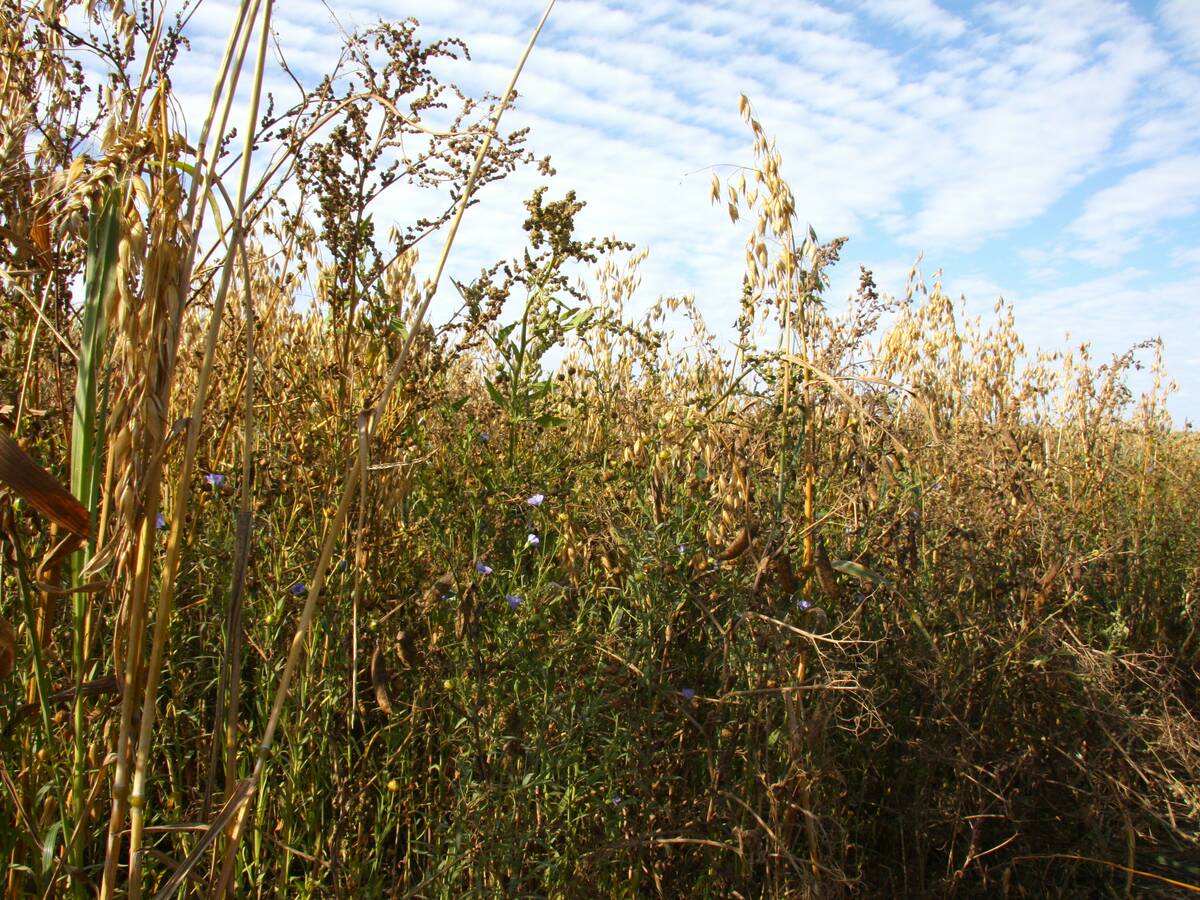
PepsiCo nearly doubles regenerative scope
Another 240,000 farm acres managed through regenerative agriculture will be supported by PepsiCo across Manitoba and Saskatchewan by the end of 2025.
One of the main parts used for sporting and recreation is the Lauder Sandhills Wildlife Management Area, located west of Hartney and south of Grand Clairière.
Since it is surrounded by farmland, visitors might pass nearby and remain unaware of this protected area. Protection was established in 1971 and covers more than 12 square miles. A twisting, sandy road winds through it, with several hiking trails leading into the hills. Feel free to explore these, although be sure to watch for poison ivy — usually colourful in fall — and prickly pear cactus.

To access this route, drive south from Grand Clairière on Provincial Road 143W to PR 32N and turn east, or drive west from Hartney and then south to enter by PR 31 N. The Souris River winds along the scenic south side of the area.
Another part of the region, this one a little hillier, is farther southwest of Hartney along PR 345. It too is a protected area under the Manitoba Habitat Conservancy. There are no established trails in this section, although people can explore it.
I visited there with an excursion organized by the Westman Naturalists. This group conducts tours there most years in early summer, having been drawn primarily for the area’s plant life. The region sports protected species such as the western spiderwort, a delicate mauve-coloured flower.

We saw and heard numerous birds and discovered a lark sparrow nest hidden among a tangle of poison ivy. Smooth green snakes (non-venomous) were also located. If this type of tour interests you, check the website (westman-naturalists.github.io) and sign up to receive notifications for next spring.
Farther west along PR 345 is a different type of ecosystem, much flatter and with a short to mixed-grass prairie vista. At the junction of PR 156W lies the Broomhill Management Wildlife Area. A large sign announces that this is a site of the Manitoba Grasslands Birding Trail, which spans several stops northwest of Melita and is noted for sightings of several hawk species, several threatened or endangered species such as loggerhead shrikes, burrowing owls, chestnut-collared longspurs and Sprague’s pipit, as well as many other prairie birds.

When I visited, we were treated to the singing of Sprague’s pipit and also saw a clay-coloured sparrow and upland sandpiper. Visitors can look for typical prairie flowers such as blanket flowers, black-eyed susans, prairie roses and harebells.
If you are visiting this area on a weekend afternoon, another spot to stop is at the corner of PR 345 and Provincial Highway 83. This is the “Little School on the Prairie,” the former one-room schoolhouse of Bede No. 1683. It was built between 1913 and 1914 and is classed as a historic site of Manitoba.

It has been renovated and operates weekend afternoons in summer by Sandhill Creations to sell rustic crafts, metal works and custom signs. Plans are to be open Saturdays and Sundays from 1 to 4 p.m. during October, November and December. Check the business’s Facebook page for more details.
If you want to explore this southwest region, I recommend the Manitoba Backroad Mapbook, since the maps note all the mile roads. These are available at some bookstores, the Brandon Discovery Centre and at many Co-op gas bars.

